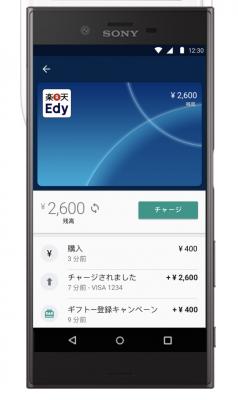NFC Times Exclusive Insight – Google is using an embedded secure element to enable users to tap to pay in its latest Android Pay market, Japan–the first time since launching Android Pay that the search giant is not using host card emulation to enable payments.
Google, which launched Android Pay Tuesday with only one of Japan’s closed-loop retail payments services, Rakuten Edy, has to use a secure element because the proprietary contactless FeliCa technology used widely in Japan does not support HCE. Moreover, Rakuten Edy is a stored-value application, meaning value is stored on the device, requiring a secure chip. The internet giant has not used an embedded secure element since its first attempt at rolling out an NFC wallet, Google Wallet, which launched in the U.S. in the fall of 2011.
Google Wallet, which required a secure element for in-store payments, flopped, which some people blamed on the fact that three of the top four U.S. wireless carriers blocked Google from using their devices while promoting their SIM-based NFC service, Isis–later renamed Softcard.

 NFC TimesThe premier source for news, analysis and commentary on
NFC TimesThe premier source for news, analysis and commentary on 